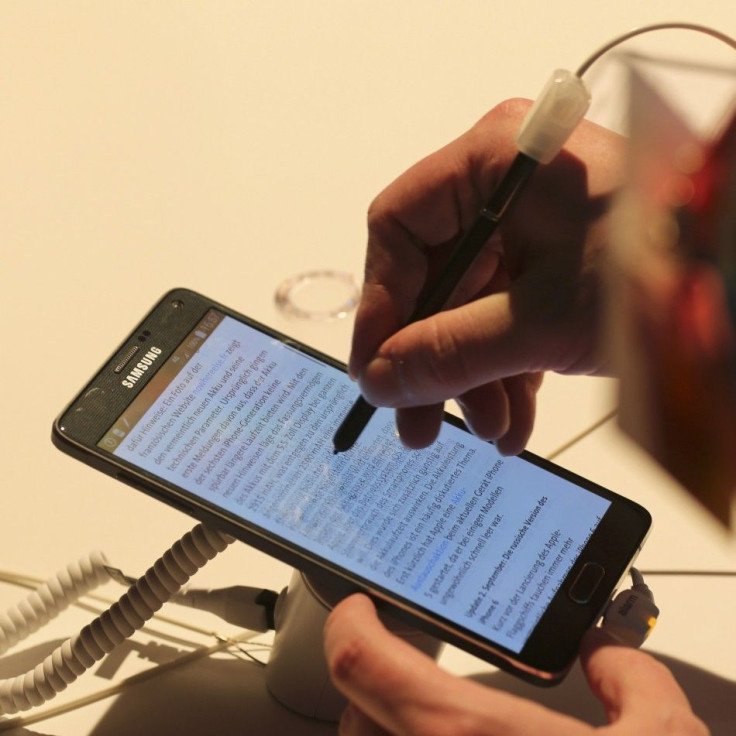Samsung Galaxy Note 4 Reigned Supreme In the Test For Colour Accuracy

Samsung Galaxy Note 4 has been hailed as the best flagship phone or tablet in the color display category, according to Displaymate display analyst Ray Soneira. It was a close battle among the Note 4 (using the Basic screen mode), the 2013 Kindle Fire HDX8.9-inch tablet, the iPad Air 2, the iPhone 6 Plus, the Samsung Galaxy Tab S 10.5 and the Surface Pro 3.
After a series of colour accuracy tests, the Note 4 was proclaimed the best based on a series of tests followed by Microsoft's Surface Pro 3 which came in second which is tied with the Galaxy Tab S. The iPad Air 2 and the iPhone 6 Plus both came in last, PCWorld reports.
The Absolute Colour Accuracy test measures and analyses each of the devices' display in four different ways and in four different categories. Based on Gizmodo's report, the following are the categories where in the Galaxy Note 4 passed with flying colours.
Entire Colour Gamut
The entire Colour Gamut of each of the devices' display was measured covering the complete range of colours that it produces to check how the colour accuracy varies throughout the entire Gamut. In simple terms, Gamut refers to the range of colours a device can reproduce, the larger or wider the Gamut the more rich saturated colours are available.
Facial Screen Tone Colours
Human eyes are most sensitive to wide range of colours but it is important to note that some colours are more significant than the others. Specifically, it is vital to accurately differentiate facial skin colours which include all people for all races and ethnicity worldwide.
Organic Colours
These colours mostly occur in nature which are heavy in red to green parts of the spectrum and also includes browns, oranges and yellows. This category includes food, fruits and vegetables and plants. This category will mainly check the displays ability to capture the colours of objects.
Blue Region from Cyan to Magenta Colours
As compared to organic colours, the accuracy of blues which covers the cyan to magenta range are generally less critical for visual colour accuracy. Human eyes can easily detect colour differences and errors, however, humans are less likely to point out colour differences and discrepancies in the blue region. That is why testing the display using blues from cyan to magenta is also a critical part in the analysis.






